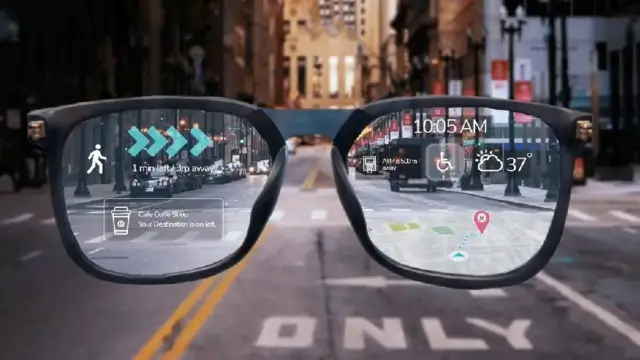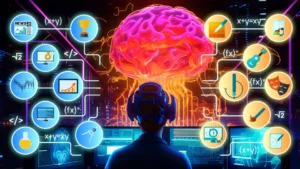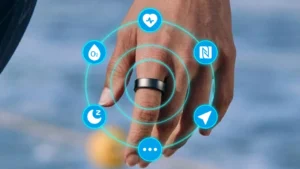Once a sci-fi trope, smart glasses now merge AI, biometrics, and augmented reality to seamlessly enhance human perception. From real-time translations overlaid on cityscapes to surgeons accessing 3D patient data mid-procedure, these devices add an invisible layer of intelligence to reality—transforming how we work, navigate, and interact with the world.

1. Evolution Beyond Sci-Fi
• Modern smart glasses have evolved from clunky prototypes (e.g., Google Glass) to sleek, AI-powered tools that seamlessly integrate digital information into real-world environments.
• Core promise: Enhance human perception by overlaying contextual data (translations, navigation, diagnostics) directly onto the user’s field of view.
2. Cutting-Edge Technology
• Display: Micro-LED or waveguide lenses project high-resolution holograms (e.g., Ray-Ban Meta’s transparent displays).
• Sensors: LiDAR, eye-tracking cameras, and biometric monitors enable real-time environmental mapping and user intent analysis.
• AI Integration: On-device machine learning (e.g., ChatGPT-powered voice assistants) processes data locally for instant responses.
3. Transformative Applications
• Healthcare: Surgeons view 3D patient scans mid-operation; visually impaired users receive audio scene descriptions.
• Industry: Engineers overlay blueprints onto construction sites, reducing errors by 25% (Microsoft HoloLens 2 case studies).
• Daily Life: Real-time translation of street signs, AR-guided cooking recipes, and fitness metrics displayed during workouts.
4. Privacy and Social Challenges
• Surveillance Risks: Always-on cameras raise concerns about unauthorized recording; solutions include privacy indicator LEDs.
• Digital Divide: High costs may limit access; brands like Amazon Echo Frames aim for affordability.
• Design Acceptance: Partnerships with fashion brands (e.g., Bose x Kith) normalize smart glasses as stylish accessories.
5. Future Innovations
• Neural Interfaces: Prototypes like Mojo Vision’s contact lenses aim to project data directly onto the retina.
• Metaverse Integration: 5G and edge computing will enable real-time AR interactions in hybrid digital-physical spaces.
• Medical Breakthroughs: FDA-approved smart glasses for conditions like epilepsy (detecting seizures via pupil tracking).
6. Ethical Considerations
• Data ownership debates: Who controls biometric data collected by smart glasses?
• Regulatory gaps: Laws lag behind tech advancements (e.g., facial recognition bans in public spaces).
The Bottom Line
Smart glasses are not just gadgets—they’re gateways to a blended reality where digital and physical coexist. Success hinges on balancing innovation with privacy, accessibility, and ethical design. As the tech matures, expect smart glasses to redefine work, play, and human-machine collaboration. 🕶️





